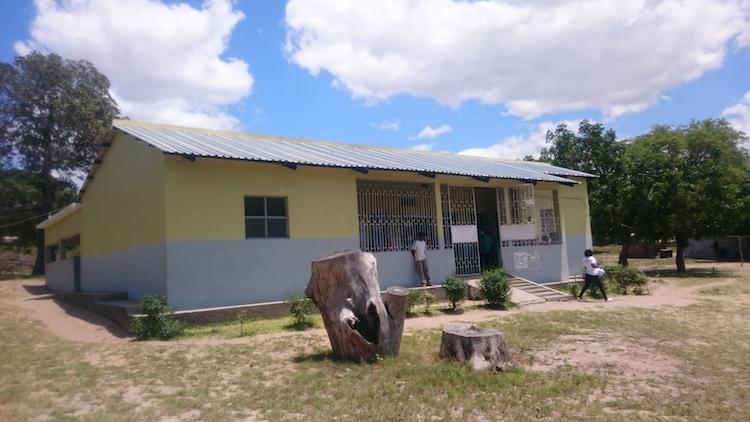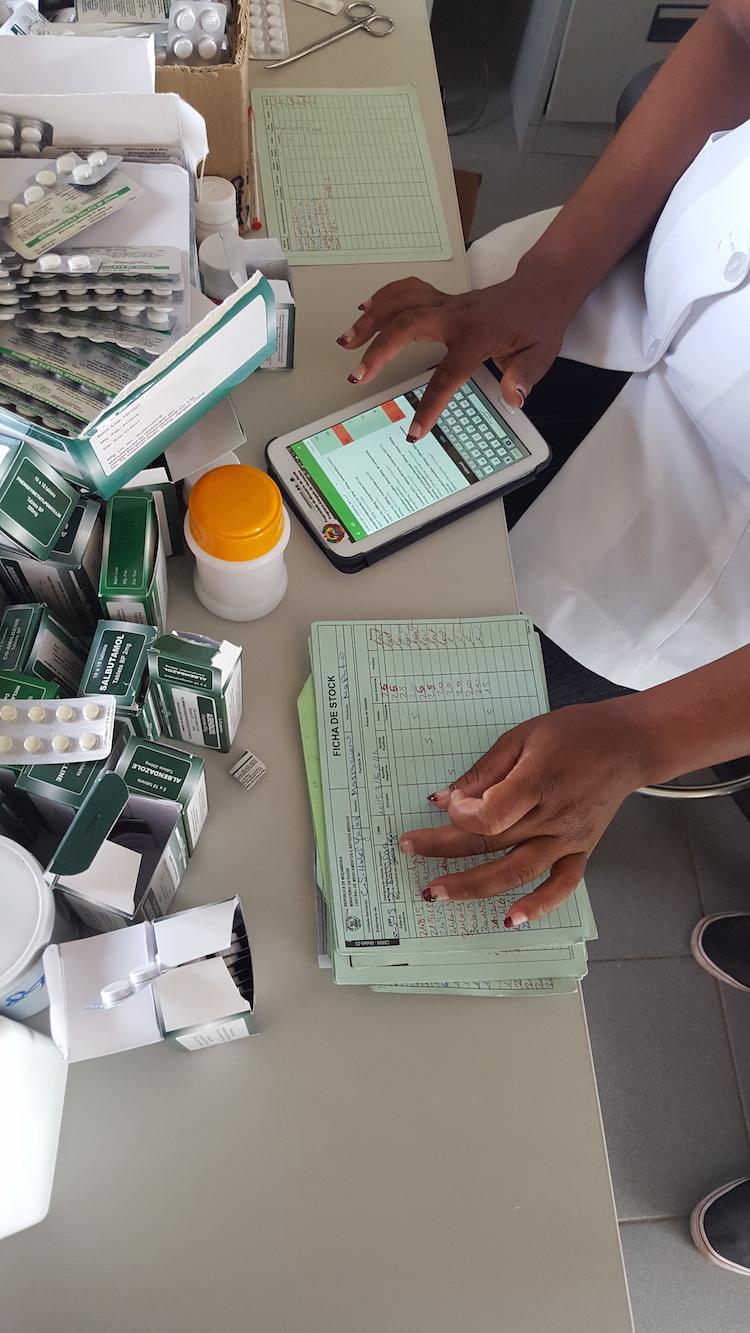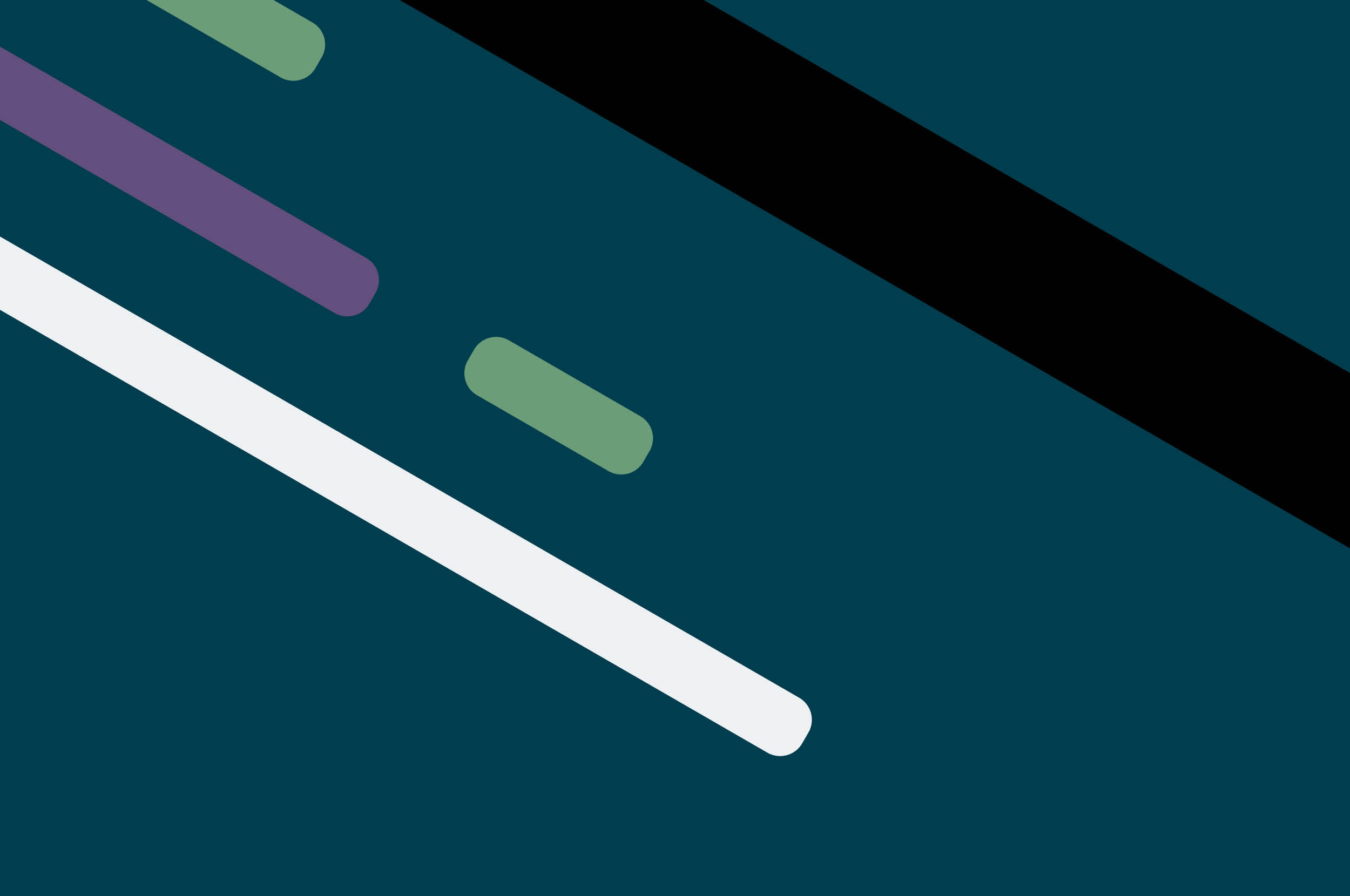
Digitizing Medical Stock Management in Resource-Constrained Countries
One of the biggest barriers for countries in Sub-Saharan Africa to fight diseases and improve life expectancy, is their limited access to quality health care. There are many factors contributing to this, including human resource constraints and poor quality data in existing Health Information Systems (HIS).
An HIS is vital in developing countries to support better planning and implementation of healthcare services. A good software system with sufficient data provides essential information for decision makers to understand health needs, assess demand/supply levels and make better plans. Without reliable data, it is hard to anticipate the kind of resources required to provide quality health services. Currently, while medical data collection exists, it is largely based on paper-based forms, which makes reporting and forecasting difficult and resource-intensive.
Mozambique Overview
Mozambique is a country in Southeast Africa with a population of over 24 million people. It gained independence from Portugal in 1975, and has experienced recent economic growth. However, more than half of Mozambique’s population lives below the poverty line. They have a high burden of HIV - in 2014, there were over 1.5 million people infected with HIV. This places a large strain on the Mozambican health system, in particular its medical logistics supply chain, which delivers HIV tests and anti-retroviral medicines throughout the country’s national health system.

Electronic Stock Management System
To provide patients across Mozambique with better access to medicines, Thoughtworks partnered with an NGO to build the Electronic Stock Management System (ESMS), an Android tablet app that connects to the open source medical logistics platform, OpenLMIS. ESMS has two main objectives:
- To reduce the administrative workload of health workers by providing a user-friendly digital solution and automatic calculations on forms
- To collect timely and accurate stock data and generate reports to assist the Ministry of Health to better plan, allocate and distribute drugs to facilities and avoid stock outs of essential medicines
Let’s look at these in detail.
Reduce Workload and Improve Efficiency
In Mozambique, the existing medical commodity replenishment process is paper-based. Health workers must manually search for information in hundreds of stock cards, consolidate and calculate quantities for each drug, and fill out a list of fields on the paper request forms.
Within ESMS, we have designed a process where all existing information on stock cards is pre-populated, and all quantities related to inventory and orders are automatically calculated. The pharmacists only need to confirm the physical inventory during the replenishment period and adjust the order quantities based on the suggested numbers. These automations save a lot of time and effort, so that the limited number of health facility staff can spend more time with their patients.
Another advantage of ESMS is its ability to submit forms immediately. Unlike paper forms which need to be physically delivered, electronic forms can be readily submitted in the digital form and hence are more reliable and prompt.
During user testing, pharmacists also highlighted other features in the app that they found useful. One of them is an alert that is issued when a drug is to expire soon, so that they can better manage the stock movements related to that drug. This can help in ensuring lesser stock outs and fewer cases of medication expiring before being used.

Collect Timely Data
Government departments and donors supporting the health sector in Mozambique can benefit from real time reports on stock information, so that they can plan timely allocations and distribution of medicine, thereby reducing inefficiencies such as expiring medication, damaged goods or even theft. However, there are significant delays when the recording of such information only exists on paper.
With ESMS, the full history of stock movements in each facility gets digitally recorded. The application syncs the stock data with a central server every hour, and the server generates reports based on the latest data. This information allows government officials to track the usage of medicines, and stay aware of the stock level for each drug at all facilities, at any given point of time. This has three benefits:
1. Reduces wastage with better tracking and reporting on the drugs
2. Allows district and province level officials to see the latest stock level information for each facility and make more informed distribution decisions
3. Makes historical data available to better project future needs. One study (Fraser HS et al) has shown this can improve forecasting up to 30% and therefore can assist planning for future allocations.
Learnings
Implementing technology with government partners in low-resource settings is a very different experience from working with commercial partners. We’ve learned a few valuable lessons.
One of the biggest challenges we had was to balance policy enforcement and reality on the field. For example, the Ministry of Health in Mozambique has rules regarding when requisition forms should be submitted each month. However, during user research, we realized users were not always able to submit on time. The system needed to be flexible for pharmacists to enter information, while at the same time complying with data on the server for strict reporting period requirements. We went with a solution that allows pharmacists to submit after the due date if they cannot fill out a form during the replenishment period, but they are not allowed to edit the request quantities in this ‘past-due’ form. This way, we are able to collect all the requisition data without violating the existing replenishment timeline.
This is a good example to highlight the importance of the 'understand the existing ecosystem' and 'design with the user' principles outlined in the Principles for Digital Development. It was important that we understood the Ministry of Health's existing rules and also observed real user scenarios before designing an electronic process to ensure its sustainability and usability.
Another decision we had to make was whether we had to model the digital forms on the existing paper layout, or to use a more modern mobile design. While the modern design would perform better on devices and seem more intuitive to tech-savvy users, it would require more training for the pharmacists across the country. We went with the design that mimicked the paper forms to follow the “design for scale” principle. Making the forms look the same as the paper forms, which the pharmacists are familiar with, decreased training needs when we tested it in the field.
On the technical side, network connectivity has been a constant concern in the field. The app needs to run in the offline mode most of the time, and upload data to the server periodically or whenever mobile Internet becomes available. We stumbled upon a few problems, and have the following lessons to share:
1) During initialization, the app was supposed to download all the configuration and medicine data from the server. But due to slow Internet connectivity, the download could not complete and that caused data errors when the user logged in. For this problem, we separated the data into two categories: essential data for first-time login and supplemental data. Essential data includes user credentials, medicine and programs information, and previous month’s stock and requisition information. The app has a longer timeout for the essential data downloading. If the download still fails to complete during initialization, the app initiates a data roll back and prevents the user from logging in. The next time the user signs in, the app re-attempts to download all the latest data. Supplemental data includes historical stock movements and requisitions, and are downloaded in the background month on month, without interrupting the normal user flow.
2) Even when a user enters the correct username and password, slow Internet can cause the request to timeout and not allow the user to log in. During initial design, we only accounted for two scenarios, online and offline. The app authenticated with the server when it was online, and authenticated using the locally stored credentials (when not a first-time login) when it was offline. Now ,we’ve added a fallback that when the Internet is very slow or unstable, the app falls back to the local authentication if the login request times out.
3) Some app screens rely on historical data. Earlier, when background historical data download took long to complete and the user clicked on widgets on the screen, the app crashed. As a solution, we disabled the widgets on the screens that relied on historical data. Users can exit and interact with other screens while the download is in progress, but can access these screens only when the background data is ready.
Additionally, we used tools like Network Link Conditioners to simulate the weak network connections in Mozambique and tested sync up and down with different network profiles to ensure data integrity as well as upload success. This helped us spot potential problems early and design the app for better use under low network connectivity situations.
ESMS is now deployed at all health facilities in one district and is receiving positive feedback from health workers. We hope to be able to scale it across Mozambique, and take it to other resource-constrained countries as a standard and efficient component within their medical stock management system.
References
-
World Health Organization. “Life Expectancy increased by 5 years since 2000, But Health Inequalities Persist”. 2016 June. Accessed here.
-
Yohannes Kinfu, Mario R Dal Poz, Hugo Mercer et al. “The Health Worker Shortage in Africa: Are Enough Physicians and Nurses Being Trained?” Bulletin of the World Health Organization 2009;87:225-230. doi: 10.2471/BLT.08.051599
-
Bryan Lowell, Michael Conway, Tineke Keesmaat et al. “A Practical Approach to Health System Strengthening in Sub-Saharan Africa”. Accessed here.
-
M.C. Azubuike, John Ehiri. “Health information systems in developing countries: Benefits, problems, and prospects”. J R Soc Promot Health. 1999 Sep;119(3):180-4.
-
Fraser HS et al. “E-health systems for management of MDR-TB in resource-poor environments: a decade of experience and recommendations for future work”. Stud Health Technol Inform. 2013;192:627-31
Disclaimer: The statements and opinions expressed in this article are those of the author(s) and do not necessarily reflect the positions of Thoughtworks.

















